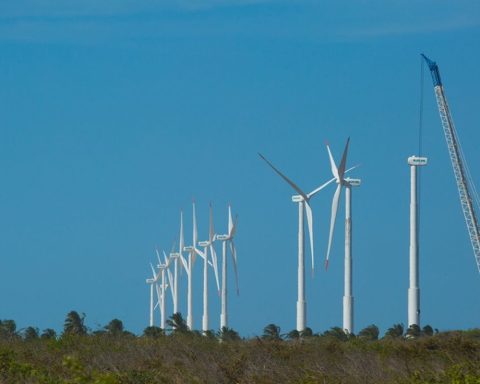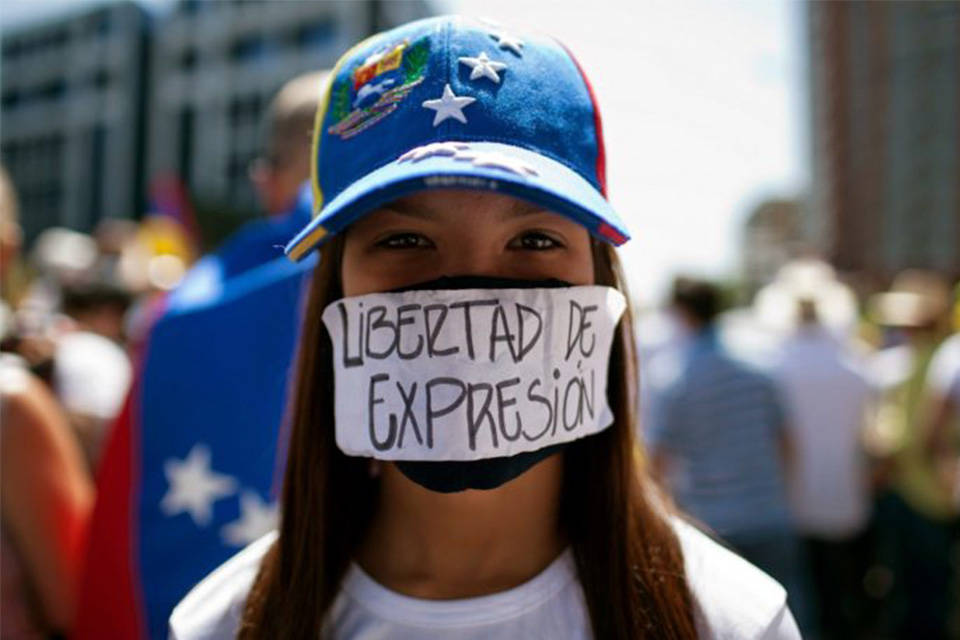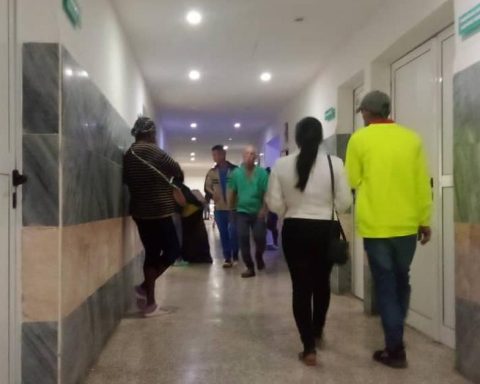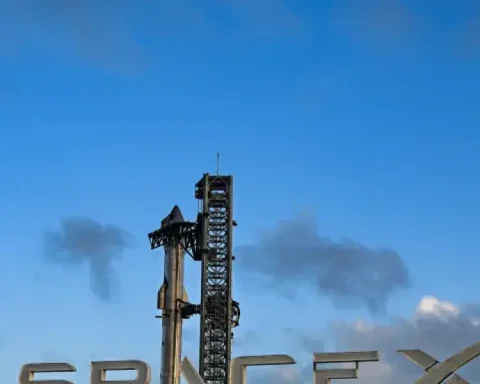With alarming records every day that indicate historic lows in the Madeira River, the city of Porto Velho released this Tuesday (6) a recommendation for citizens to make “essential use” of water and avoid waste as much as possible.
In a critical drought situation, the Northern Region is facing the effects of successive droughts recorded in recent years. This Tuesday, the Madeira River registered 2.07 meters in Porto Velho, the lowest level ever recorded for this time of year since data began to be collected in 1967. At the end of July, the situation was the same: 2.45 meters, the lowest mark for the period.
As the 2-meter mark approaches, the data indicates the severity of the situation. On October 6, 2023, according to the Brazilian Geological Survey (SGB), the lowest mark in history was recorded: 1.10 m.
Marcus Suassuna, hydrological engineer at SGB and responsible for monitoring the Madeira River Basin, reports that, for the month of August, the historical average is approximately 5.3 meters, that is, the current situation is more than three meters below the level considered normal.
“The main factor is below-average rainfall. There is a significant rainfall anomaly over the entire Amazon Basin,” he explained to Brazil Agency.
According to Suassuna, the drought is not unprecedented this year and is caused by factors such as the warming of the North Atlantic Ocean and the El Niño phenomenon. Of the six most critical periods, five were in recent years.
“The entire rainy season was very bad, which caused the drought last year to last longer. As a result, the level of the Madeira River started to rise very late and very weakly,” he said.
Regarding climate change, the expert says that phenomena such as El Niño show more evident signs on a warmer planet, as has been recently confirmed.
Less water consumption
In a statement released this Tuesday, the city of Porto Velho advised the population to make “essential use of water and to avoid any type of waste”.
According to the municipality, transport along the river continues with reduced capacity and, “for people’s safety, the Municipal Civil Defense does not recommend that bathers frequent the Madeira beaches, due to the risk of drowning and attacks by animals such as alligators, snakes and rays, among others”.
Impact reduction
The city hall informed the Brazil Agency that, in the coming weeks, around 120 thousand liters of water will be distributed to communities located along the Madeira River. The support will continue in the months of September and October, according to a schedule to be defined by Civil Defense.
“Through land transport, 338 registered families from the communities of Silveira, São Miguel, Mutuns, Pau D’Arco, Cujubim, Bom Jardim and Marmelo will be supplied with bales of mineral water. By river, the vessels will serve 78 families from the communities of Curicacas, Pombal, São José, Ilha Nova and Conceição do Galera”, stated the municipality.
The SGB reported that it has carried out studies in the state – in partnership with other agencies and city halls – to identify the best locations for drilling wells for public supply, in order to guarantee quality water for the population.
For the situation to be reversed, it is necessary to have rain, mainly in Bolivia, since 75% of the Madeira River basin is located in the neighboring country.
According to the city government, Civil Defense teams are checking the conditions of the Amazonian wells that supply water to homes, and distributing sodium hypochlorite to purify water for human consumption.
Amazon River Basin
On July 30th, the National Water and Basic Sanitation Agency (ANA) declared situation of quantitative scarcity of water resources in the Madeira and Purus rivers and its tributaries, which flow into the southwest of Amazonas. A week earlier, the Ministry of Integration and Regional Development (MIDR) had recognized a state of emergency in the capital and in 17 other cities in the state that are facing severe drought.
According to Marcus Suassuna, the situation is also critical in the Acre and Tapajós river basins, which could have consequences in other states in the Amazon region such as Acre, Pará and Amazonas.
The Madeira River is home to the Jirau and Santo Antônio hydroelectric plants. The river also serves as an important waterway for the transportation of cargo and passengers. The 1,060-kilometer navigable stretch between Porto Velho and Itacoatiara (AM) transported 6,538,079 tons in 2022, which corresponds to 9.2% of the total transported by inland waterways in Brazil.

















